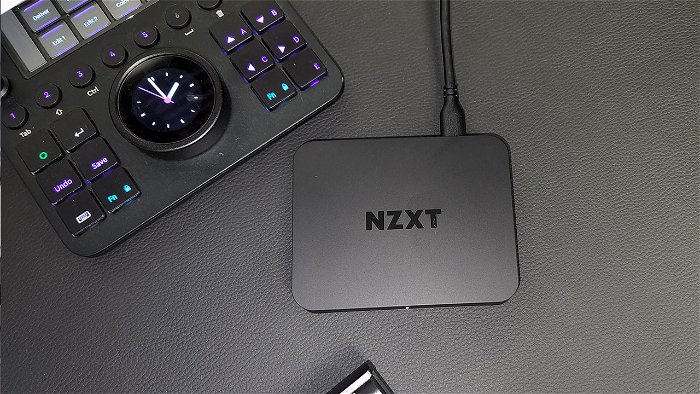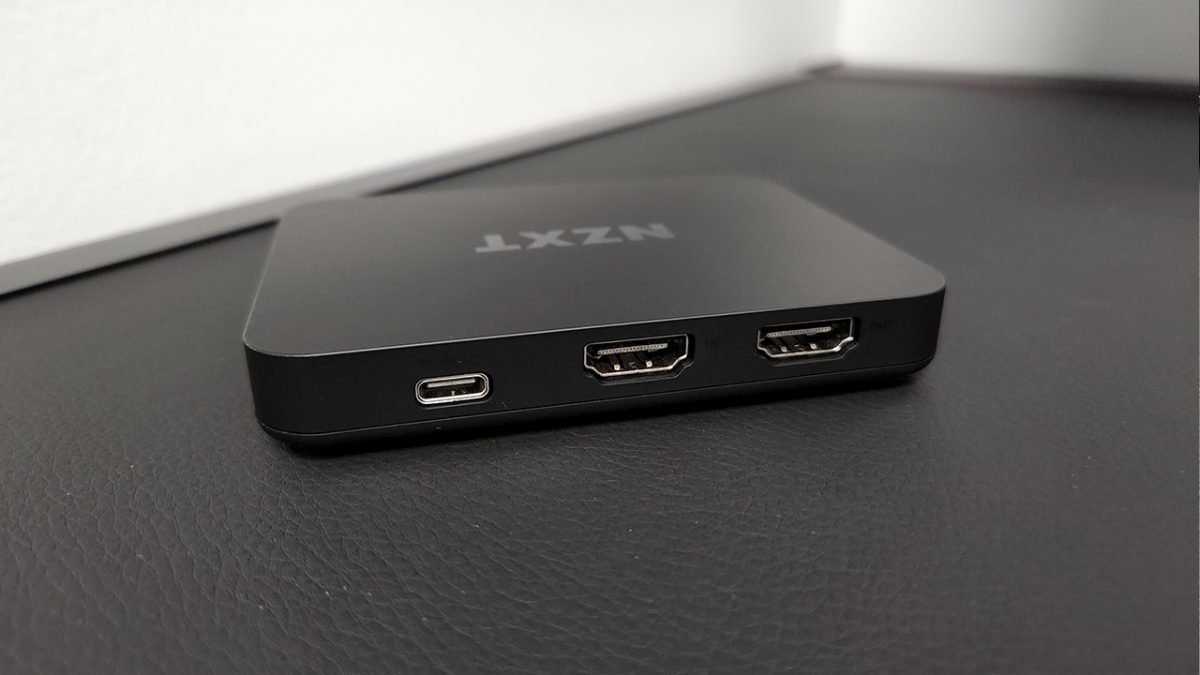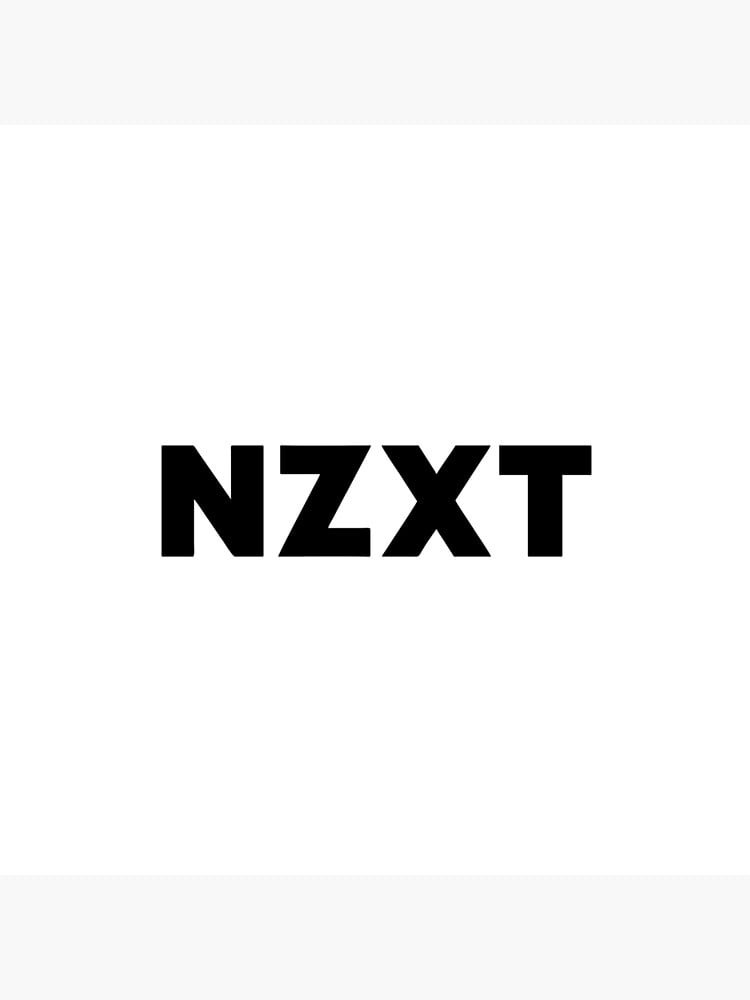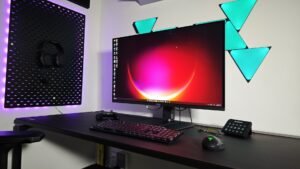A major name in PCs and peripherals has decided to join the capture card game and, much like their other products, it looks good and performs well. NZXT has released their Signal series of capture cards, including the Signal HD60 and the Signal 4K30. NZXT was kind enough to send us the Signal HD60 and I had a chance to dig into it.
First impressions: the Signal HD60 was so much smaller than I expected. It has a profile roughly the size of a cassette tape with all ports in the back and nice rubber feet to allow the card to sit snugly on your desk. Powered by a USB-C to USB-A cable that connects to the computer and supports HDMI 2.0, it can stream or record 1080p/60fps video and pass through a zero-lag 4K/60, it’s a great little device for a simpler stream.
While gaming quality is typically capped at 60Hz on the Signal HD60 whether you are playing at 4K, 1440p or 1080p, but 1080p 120Hz can be supported if you are not recording the footage.

Setup of the Signal HD60 was incredibly fast. Within seconds, I had the Signal capture card set up in OBS and passing through to a second monitor. I used my Xbox One for this test drive and played through a series of different games to see how they each held up. I played a little Star Wars: Fallen Order, and it looked good on both OBS and my monitor. When seeing the two pictures side by side, I noticed that there was virtually zero latency between what was passing through and what was being captured in OBS, which people who have used a lot of capture cards will tell you is not always the case.
“The NZXT Signal HD60 comes in at $139.99 USD, which was cheaper than any of the comparable cards from companies like Elgato and AVerMedia.”
Other games tested were Lego Star Wars: The Skywalker Saga (Not an intentional theme) and Fortnite, which I haven’t seen on a console in quite some time and, quite frankly, looks awful compared to PC, but I digress. The card handled the varying qualities of the games as well as the motion. Playing back the video, it looked clean, but I will warn you not to attempt to make it any bigger than 1080p. I made one attempt to stretch the capture card screen to my usual streaming quality of 1440p and the amount of artifacting around the edges of anything in motion was problematic. So when they tell you that it is good for 1080p, believe them.
I also plugged my Sony A7iii into the Signal HD60 to test its capabilities. The camera was set to 4K, and it scaled to 1080p and looked good while doing it. My motion was nice and smooth and while it didn’t compare to the 4K internal capture card that I usually use (because it shouldn’t), it is a very serviceable picture quality. Use this card as a starter card if you want, but unless you are looking to go over the top with a 4K stream, you will do well with this card for quite some time.

The NZXT Signal HD60 comes in at $139.99 USD, which was cheaper than any of the comparable cards from companies like Elgato and AVerMedia. The one thing that it is missing is access to any software that helps enhance the functionality of the product with additional recording or editing capabilities. That being said, for the price, I don’t think that that’s a dealbreaker for this sleek little card.
If you are looking for a card that packs a little more punch, I’d look to spend the extra $40 on the Signal 4K30, which may only capture 30 fps, but can pass through 4K/60 HDR, 1440/144Hz and 1080/240Hz.







